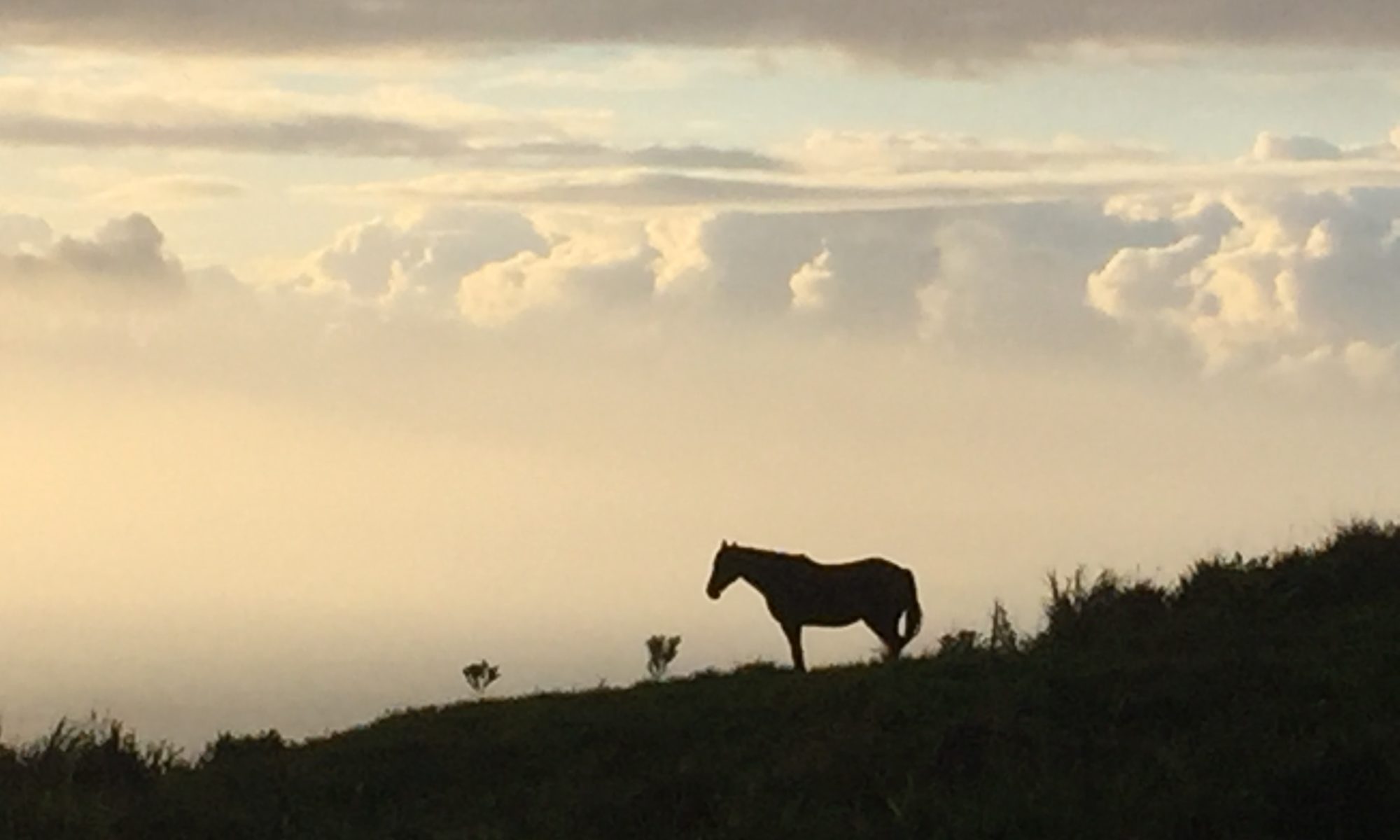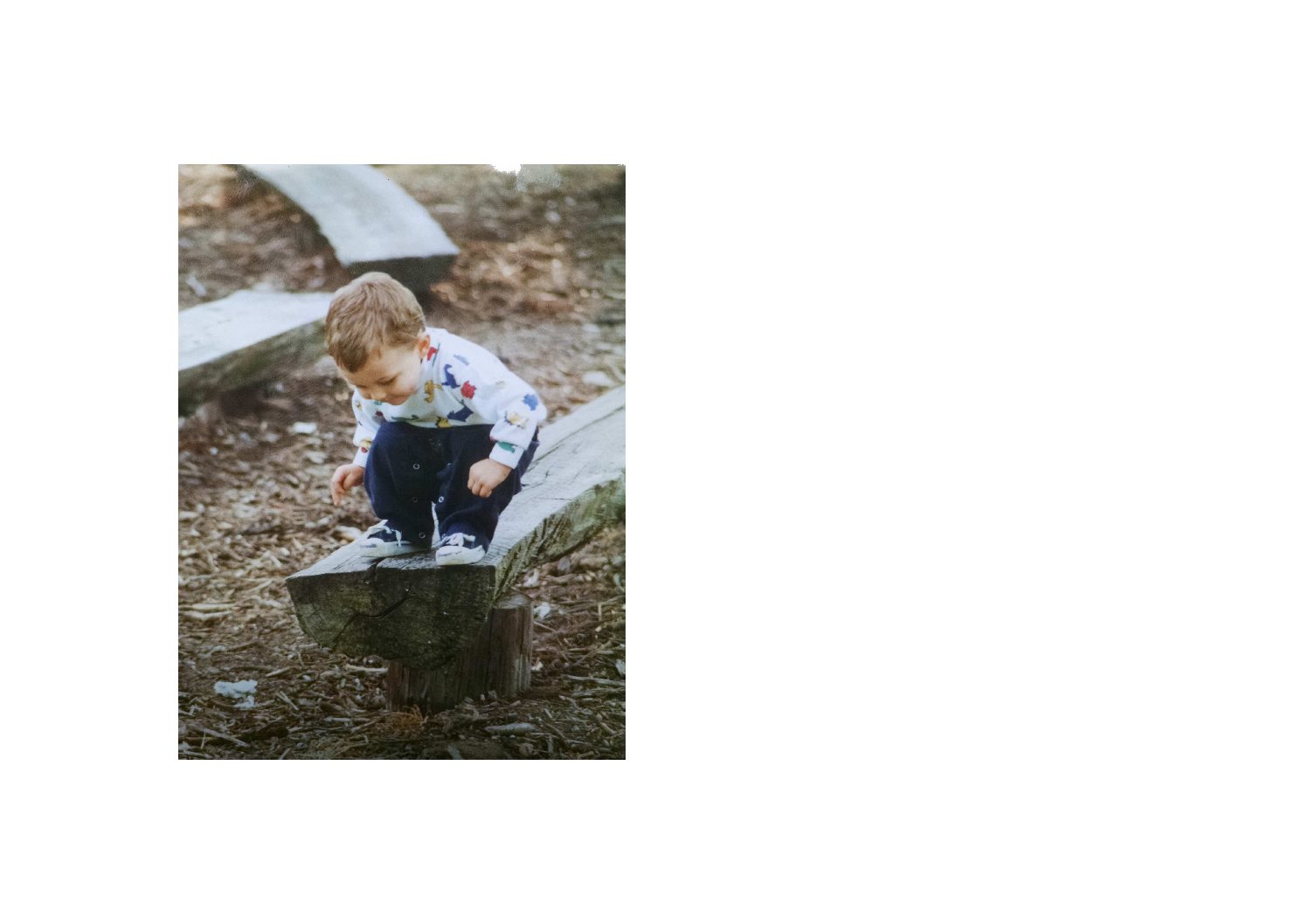I took this photo of my son, 18 months old and poised to jump off the bench to the ground below. The picture captured his fearless love of adventure so clearly. At the age of two he climbed up to the top bunk and jumped off into a bin of stuffed animals below. He is still adventurous but lately I’ve come to realize that he isn’t without fear or doubts. In other words, he is a normal young man. I’d been thinking about gender roles when I came across a recent article by Tim Winton discussing how toxic masculinity is shackling men to misogyny. “I don’t have any grand theory about masculinity,” he wrote, “but I know a bit about boys.”
Urban and Small Farm Agriculture
We often read about the environmental damage and unsustainable practices of modern agriculture. Some people have proposed urban gardens and small farms as a pathway to food resiliency; repairing environmental damage, reducing fossil fuel use, and improving our health and well-being. Others conclude that it takes too much effort; people aren’t going to change; no one wants to slave away in the garden, kitchen, or on the farm; it can’t be done in every country; small farms and gardens can’t feed the world’s population. All these arguments have some merit, but I have found the reality of growing local food becomes quite different once the transformation begins. Continue reading “Urban and Small Farm Agriculture”
Will the Center hold? (shorter version)
The photo above is William Butler Yeats (1865-1939)
“The Second Coming”
Turning and turning in the widening gyre
the falcon cannot hear the falconer;
things fall apart; the centre cannot hold;
mere anarchy is loosed upon the world,
the blood-dimmed tide is loosed, and everywhere
the ceremony of innocence is drowned;
the best lack all conviction, while the worst
are full of passionate intensity. Continue reading “Will the Center hold? (shorter version)”
Will the Center Hold?
The photo above is William Butler Yeats (1865-1939)
“The Second Coming”
Turning and turning in the widening gyre
the falcon cannot hear the falconer;
things fall apart; the centre cannot hold;
mere anarchy is loosed upon the world,
the blood-dimmed tide is loosed, and everywhere
the ceremony of innocence is drowned;
the best lack all conviction, while the worst
are full of passionate intensity. Continue reading “Will the Center Hold?”
Avoiding Anomie
Image: The Scream (Norwegian: Skrik) one of four versions of this composition created by Norwegian Expressionist artist Edvard Munch between 1893 and 1910. The German title Munch gave these works is Der Schrei der Natur (The Scream of Nature).
There are days as I listen to mainstream news that I feel like the person in this picture. Continue reading “Avoiding Anomie”
Stereotypes
I love this picture of my granddaughter in her pink skirt filling the oil in her daddy’s truck. She seems to embrace and ignore many of the stereotypes we have of girls. Continue reading “Stereotypes”
Confronting Extremism
A recent conversation with a fundamentalist Christian has left me wondering why it seems we fail to recognize the dangers of extremism? Americans expect Muslims to call out radical Islamic extremists, but we seem unable or unwilling to do the same in the case of Christian extremists. Christians who deny the reality of climate change, who believe that humans have a God-given right to exploit the earth no matter the consequences pose a danger to society. I think it’s time we talk about that.
Winter Solstice Celebrations
Change is neither inherently good nor bad; it simply is the way universe moves. While it’s true that good or bad are relative depending on our perspective, this year has been filled with changes that felt mostly bad. And because of this I felt it appropriate as we come to the end of the year to celebrate the Winter Solstice as a symbol of transition in the hope that the New Year will bring positive changes.
Learning with our senses
Studying science in college was thrilling for me, it was exciting to put words and explanations to things I had only seen. As I hiked through deep canyons in the Arizona desert I had wondered what made the rocks different and how they came to be in the form they were. Wanting to understand more about rocks was what led me to the study of Earth Science. Reading about earth history and geomorphology, how the rock cycle plays out, how life arose, how species are changing over time, the enormous span of geologic time…all these concepts were interesting to me because I had first spent time wandering through canyons looking at rocks. Continue reading “Learning with our senses”
An Old Oak Tree
As I was walking through the woods I stopped to admire a beautiful old oak tree. Its massive trunk supports an enormous canopy with lower branches almost as large as the trunks of other nearby trees. I’m sure the tree must be several hundred years old, and I thought about all the change it must have witnessed during the course of its life at the edge of a deep ravine. Continue reading “An Old Oak Tree”









